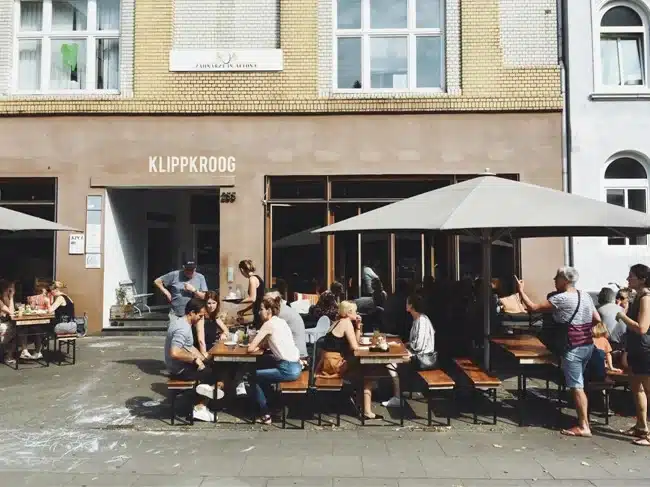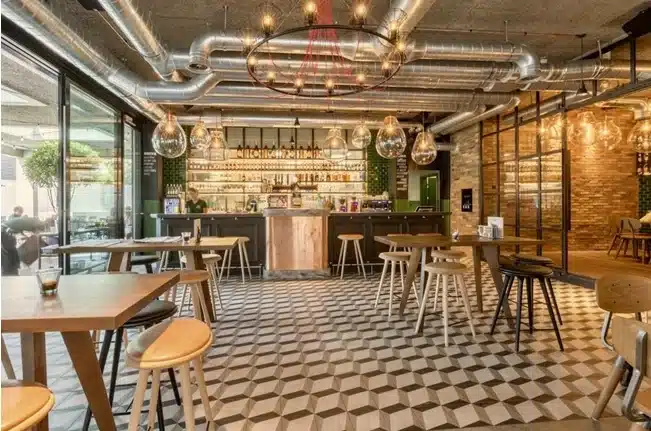
Launching a successful restaurant is about more than just good food. It’s a blend of flair, meticulous planning, and an understanding of complex market dynamics. Achieving success in this competitive industry requires a solid groundwork and a clear vision. Your new dining establishment can flourish with the right guidance and strategies. Below, we’ll delve into the essentials of opening a restaurant that stands the test of time.
Understanding the Restaurant Market Landscape for Your Niche

Before dazzling your first customers with an exceptional meal, it’s crucial to understand the restaurant landscape you’re about to enter. Research the demographics of your intended location and evaluate the competition. Is there a particular cuisine lacking? Is the market saturated with a certain type of dining experience? These questions will help you identify a niche to set your restaurant apart.
Then, consider the trends shaping the industry. Are health-conscious options on the rise, or is comfort food resurging? Aligning your theme and menu with current trends can attract an eager audience. However, balance this with timelessness to ensure longevity. A deep understanding of your market will guide your initial concept and inform your business strategy.
Customer habits and preferences must also be considered. Consider factors such as spending habits, dining frequency, and service expectations. This data will be invaluable in shaping your restaurant’s policies and offerings. You can start to sketch a customer profile, which will help you tailor your restaurant’s brand—and the dining experience—to the right audience.
Lastly, connect with local food suppliers and understand the logistics of sourcing ingredients. Building these relationships early can help ensure quality and consistency in your dishes, setting a high standard from the launch of your eatery. Consider integrating cloud network monitoring software to maintain efficient supply chain management as you grow.
Crafting a Detailed Business Plan and Financial Model
A detailed business plan is your roadmap to success. It should clearly outline your concept, target market, competitive analysis, and unique selling proposition. The more comprehensive your plan, the better. This document will guide your decision-making and prove essential when seeking finance from banks or investors. Detail operational costs, expected revenue, and break-even analysis to demonstrate a clear financial strategy.
Budget allocation is key when considering finances. Determine the investments needed for location, renovations, restaurant equipment, refrigeration, restaurant supplies, inventory, and other startup expenses. Remember that unforeseen costs can emerge, so earmarking a contingency fund within your financial model is wise. A quick internet search, such as “Seattle restaurant equipment,” can provide options for where to purchase.
Regular financial projections and assessments are equally important. A rigorous financial model should encompass the initial investment and provide monthly and yearly projections. These projections will help you evaluate the health and scalability of your restaurant, enabling you to make adjustments as required.
Lastly, don’t forget to plan for costs beyond the launch. Working capital should support day-to-day operations until the business becomes self-sustaining. An accurate financial model will consider all these elements, securing the fiscal stability of your new restaurant.
Setting the Right Ambiance and Decor for Memorable Dining Experiences

The ambiance of your restaurant is almost as important as the food; it’s a key component of the dining experience. The right decor can transport customers or make them feel at home. Determine the atmosphere you wish to create, be it sophisticated, cozy, or eclectic, and ensure that every decor element contributes to this ambiance.
Your choice of color palette, furnishings, lighting, and even dinnerware can dramatically impact your guests’ impression. It’s not just about looking good—it’s about creating a space where customers will want to spend time and return. Each detail should resonate with the restaurant’s theme and brand, fostering a complete experience.
In today’s digital age, it’s also worth considering your space’s ‘Instagrammability.’ A unique design element or an eye-catching mural can draw patrons looking for shareable moments, indirectly promoting your establishment. Of course, balance this with timeless choices to ensure that trends don’t outpace your space’s appeal.
Keep in mind that ambiance extends beyond visual appeal. Acoustics, music, and even the scent of the restaurant contribute to the overall atmosphere. A well-rounded approach to creating ambiance will enhance dining experiences and set your restaurant apart in a competitive market.
Overall, launching a successful restaurant demands a deep understanding of the market landscape, meticulous planning, and attention to detail in every aspect from concept to execution. By carefully crafting a unique dining experience backed by a comprehensive business plan and a captivating ambiance, restaurateurs can carve their niche and thrive in the dynamic and competitive culinary industry.